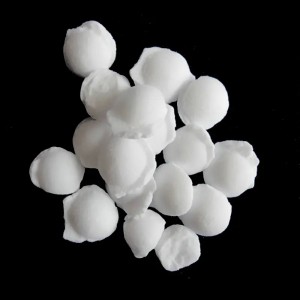Maleic anhydride is a vital chemical intermediate used in the production of various products such as unsaturated polyester resins, coatings, adhesives, and lubricant additives. The global maleic anhydride market has been seeing steady growth in recent years, and this trend is expected to continue into 2024. In this blog, we will delve into the latest market news and trends surrounding maleic anhydride.
The demand for maleic anhydride is being driven by several key factors. The growth of the global construction industry is a major contributor, as maleic anhydride is widely used in the production of construction materials such as fiberglass, pipes, and tanks. In addition, the increasing demand for lightweight and durable materials in the automotive and aerospace industries has also led to an uptick in maleic anhydride usage.
One of the key drivers of the maleic anhydride market is the growing trend towards sustainable and eco-friendly products. Maleic anhydride is used in the production of environmentally friendly materials such as bio-based succinic acid, which is replacing traditional petroleum-based products. This shift towards sustainability is expected to further boost the demand for maleic anhydride in the coming years.
The Asia Pacific region is the largest consumer of maleic anhydride, with China and India leading the demand. The rapid industrialization and urbanization in these countries have fuelled the need for maleic anhydride in various applications. Moreover, the burgeoning automotive and construction sectors in the region are expected to continue driving the demand for maleic anhydride.
On the supply side, the maleic anhydride market is facing some challenges. The volatility in raw material prices, particularly for butane and benzene, has impacted the production costs for maleic anhydride manufacturers. Additionally, the stringent regulations and environmental concerns related to maleic anhydride production have added to the production complexities and costs.
Looking ahead to 2024, the maleic anhydride market is forecasted to witness steady growth. The increasing demand for sustainable materials, coupled with the rising construction and automotive industries, is expected to drive the market. The Asia Pacific region is anticipated to remain the key consumer of maleic anhydride, with China and India leading the demand.
In conclusion, the maleic anhydride market is poised for growth in 2024, driven by the demand for sustainable materials and the growth of key end-user industries. However, challenges related to raw material prices and production complexities remain. Stakeholders in the maleic anhydride market need to keep a close eye on these developments to navigate the ever-evolving market landscape.
Post time: Feb-21-2024









